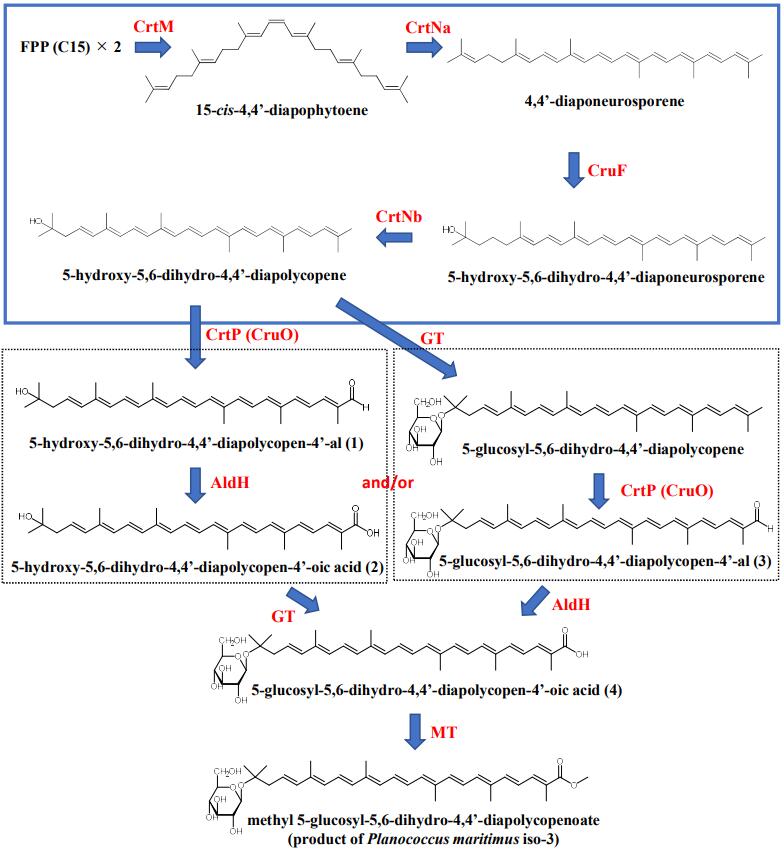Found 19 results
Open Access
Article
28 October 2024Challenges and Solutions: China’s Illegal Hunting Crime from the Perspective of Ecological Civilization Development
In recent years, the number of crimes involving illegal hunting in China’s judicial system has steadily increased, giving rise to numerous disputes. The root of these disputes lies in the fact that China’s Criminal Law lags in terms of animal protection legislation, failing to strike a balance between wildlife protection and human rights. This disconnection is particularly evident in the legislation and judicial practice regarding illegal hunting crimes and the value principles of ecological civilization strongly advocated by China. Moreover, China’s legal framework and judicial practices concerning illegal hunting crimes suffer from low thresholds for conviction and a lack of comprehensive investigations into the subjective intentions of offenders. Chinese legislators and judges should consider international experiences in combating illegal hunting crimes, elucidate the right to defend oneself against wildlife in certain dangerous situations, and thoroughly revise legal provisions, including the definition of illegal hunting and related judicial interpretations. Additionally, greater efforts should be made to disseminate public legal knowledge regarding illegal hunting crimes.
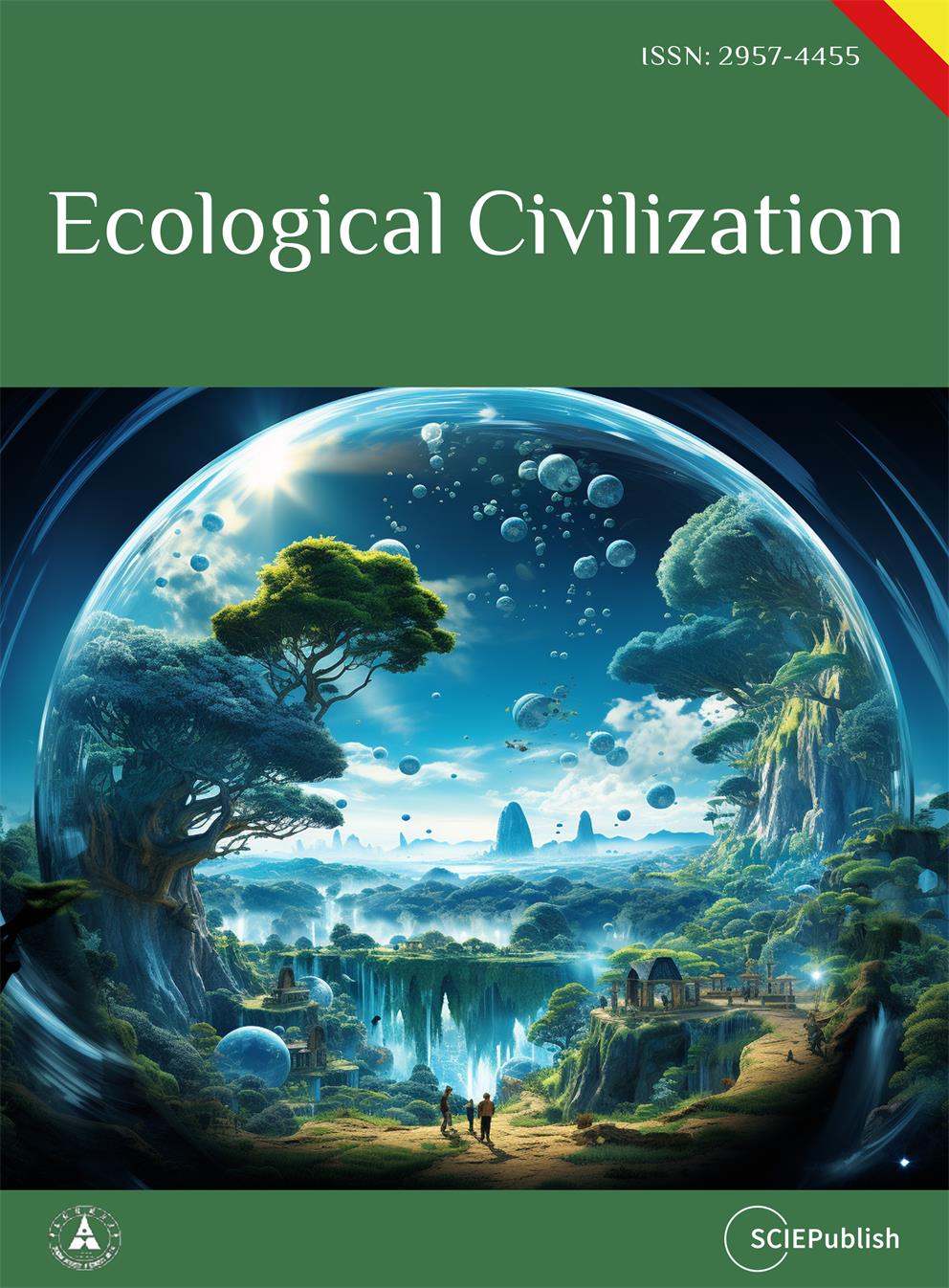
Open Access
Article
14 May 2024Measurement and Structure of Common Prosperity of Urban Residents the Case of Hangzhou, China
Common prosperity is an important feature of the social state that the people of the world aspire to, and an important feature of the Chinese path to modernization. Taking common prosperity as the result of income and assets does not facilitate a full understanding of people’s common prosperity, because common prosperity also includes people’s pursuit of subjective happiness such as happiness and satisfaction. From the perspective of the need for a better life in China, this study constructs a subjective evaluation system of the common prosperity of urban residents, including 5 dimensions and 25 specific indicators. It uses survey data from 460 participants and applies the graded response models to estimate parameters and predict latent variables. We find that 21 indicators are in line with the reasonable range of basic assumptions and parameters. They have a strong ability to distinguish the common prosperity of residents in different regions, but have different functional characteristics. The confirmatory factor analysis shows that the common prosperity index of residents includes four potential factors: income, education, medical care, and old-age care, and ecology, which has a good structural effect. In terms of weight, education, medical care and old-age care are the most important factors influencing common prosperity. Among them, the classification policy of high school entrance examination, the quality and fairness of primary and secondary education, the degree of medical insurance security, and the waste sorting and community security are important aspects of evaluating the Common prosperity of residents.
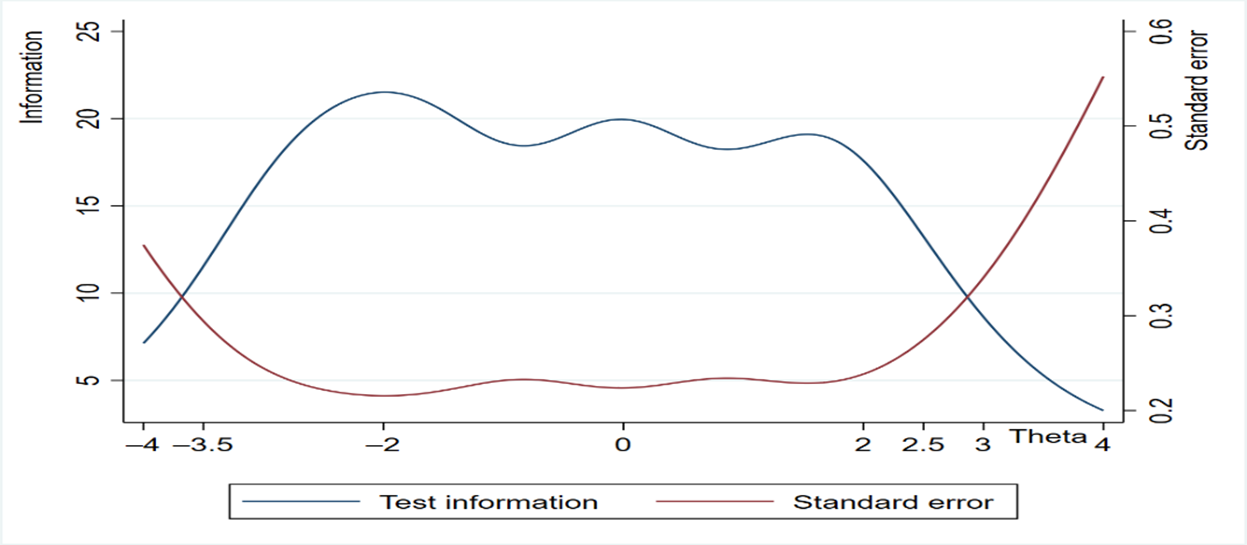
Open Access
Article
19 April 2024Can Digital Village Construction Reduce Rural Income Disparity?—Empirical Analysis Based on Inter-provincial Panel Data in China
Cutting the income disparity within rural areas is one of the key priorities in seeking common prosperity in China. Based on the panel data of 20 provinces in China from 2011 to 2020, we empirically analyze the impact of digital village construction on rural income disparity by building a digital village construction level indicator system which represents three dimensions of digitalization in rural areas, i.e., digitalization of rural infrastructure, digitalization of agricultural development and digitalization of rural residents’ life. Overall, the level of digital village construction in rural China has shown a development trend of gradual improvement, while the development level in various regions is unbalanced and varies greatly. The results of the fixed-effect model show that, digital village construction can significantly reduce the income disparity in rural areas, whereas the effect is significant in eastern China, insignificant in central and western China. It is recommended to increase the investment in funds and talents and take full consideration and advantage of local conditions, while promoting the development of new rural digital economy, so to achieve the development goal of common prosperity of rural residents.

Open Access
Article
18 December 2023Measurement of Energy Poverty and Influencing Factors of Rural Households in China
Despite being the world’s largest developing country, China faces significant disparities between urban and rural areas, which exacerbates energy poverty in rural regions. This issue of energy poverty is a global concern, as millions of people lack access to modern energy necessary for a decent quality of life. This research aims to analyze the levels and structures of energy consumption in rural Chinese households, using data from the Chinese General Social Survey (CGSS) conducted in 2015 and 2018. The research employs the poverty line threshold and Theil index methods to comprehensively assess energy poverty in diverse regions. It also examines the economic, social, and familial factors influencing rural energy poverty. The findings reveal a transition in rural energy consumption towards cleaner sources, but energy poverty remains a significant issue. Factors such as energy prices and household size have a positive impact on energy poverty, while per capita income, education level, and social factors exert a negative influence.
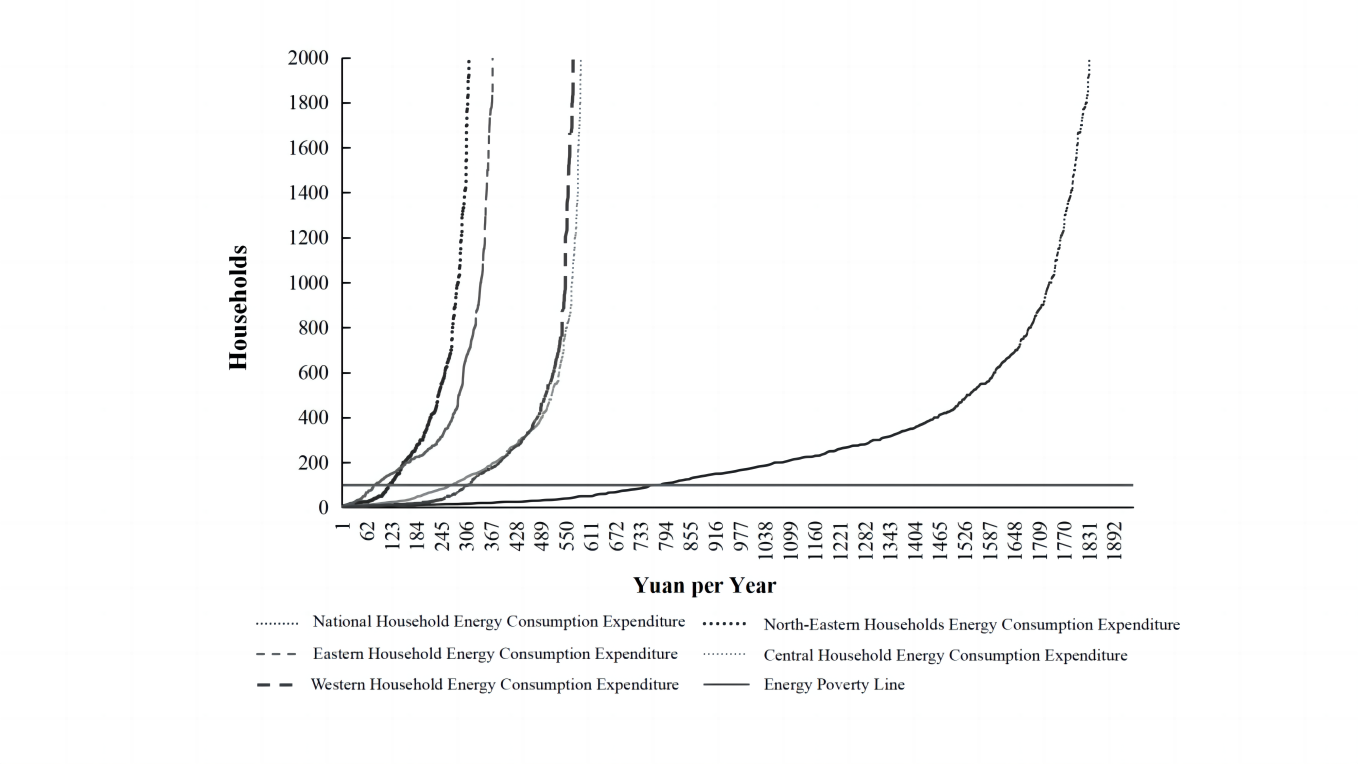
Open Access
Article
15 December 2023The Role of Liability Regime in Addressing Historical Contaminated Land Problems: A Comparative Perspective from England and China
This article conducts a comparative analysis of contaminated land regimes in China and England, focusing on their development, liability attribution, key principles, administrative nature, and financial guarantees. Both regimes are risk-based and are supported by the Polluter Pays Principle and the Stewardship Principle. They have similar liability arrangements: attributing the liability firstly to the polluter and then to landowners/occupiers or the usufructuaries. Administrative authorities under both regimes hold pivotal roles in remediating land on certain occasions. However, the cost recovery mechanisms vary due to the different constitutional roles among enforcing authorities, courts, and liable parties in the two countries. Both regimes impose retrospective liability, yet England provides detailed rules regarding the hardship provision and exclusion tests, preventing the unfair allocation of liability more effectively. Experience from England highlights the limited role of legal regimes in managing historical pollution, emphasising the need for supplementary mechanisms. This is why financial support is critical for effective land remediation in both countries.
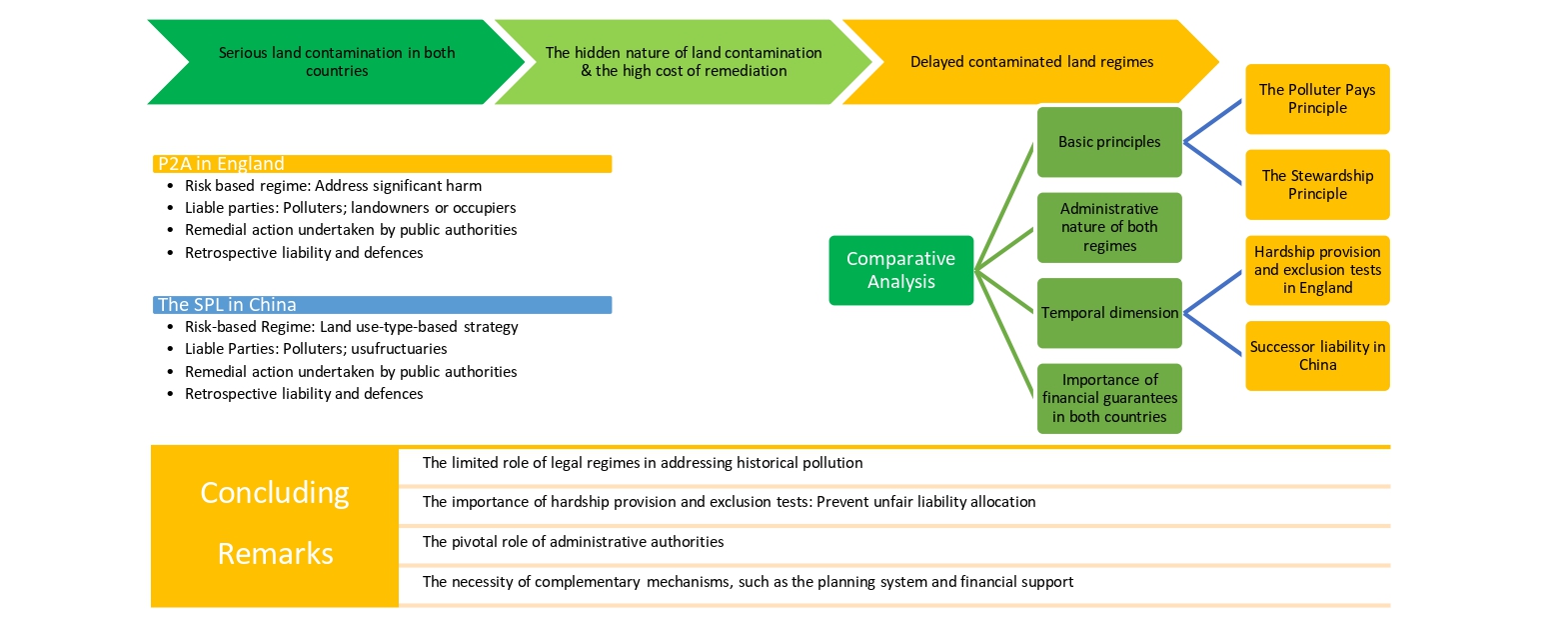
Open Access
Commentary
14 September 2023Synthetic Biology Industry in China: Current State and Future Prospects
In this article, we provided an overview of the current state of the SynBio industry in China with a focus on its research and technology, its main applications, and major players. We also discussed future prospects including the challenges and advantages of the SynBio industry in China.
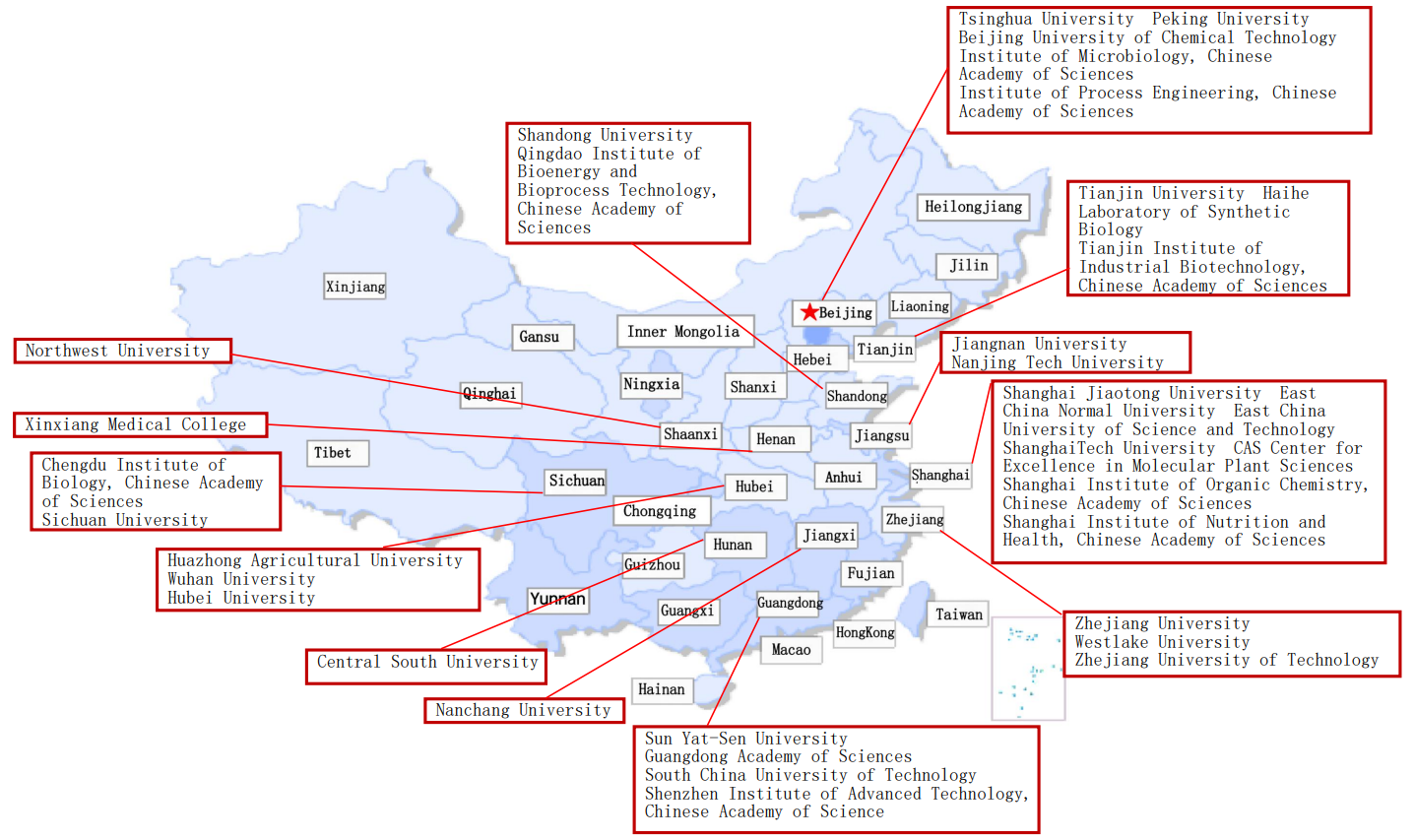
Open Access
Perspective
06 July 2023An Extremely Long Span of the Sun-Earth Pattern in the History of China
Chinese people believe that they are descendants of the prehistory Emperors Yan and Huang, while Yan (hot/red) and Huang (yellow) are the colors of the sun and earth. In the Dahecun style of Yangshao Culture archaeological culture of the legendary Yan and Huang’s period, the patterns of the sun and earth were frequently painted on the religious potteries, implying that the paired symbols might refer to the two emperors. However, the same paired pattern appeared in Shangshan Culture much earlier than Yangshao, indicating that the worship of Sun-Earth might have a quite long history prior to the two emperors. The pattern was inherited in the populations of China till today. The Jade Bi-Cong group of late Neolithic and early Bronze Age China also showed the same meanings and shapes. We found that the Sun-Earth pattern was quite common on the traditional brocade belts woven in the countryside around Shanghai. The origin of the sun shape was easy to understand, while that of the earth shape, a cross with or without an outline square, was hard to trace. Recent archaeological discovery in Shangshan Culture of a kind of yellow pyramid stone provided a new clue to the origin of earth symbol.
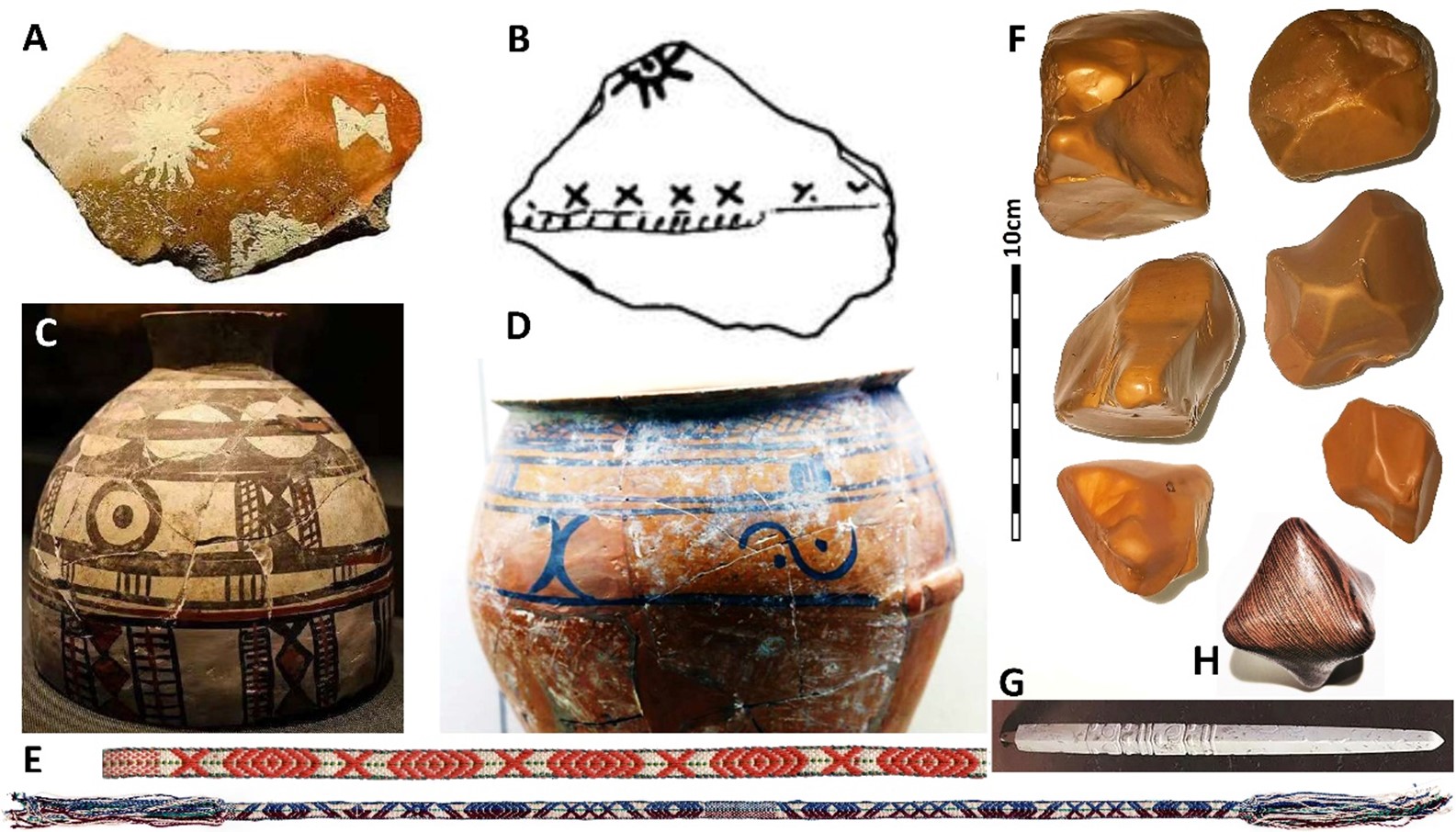
Open Access
Article
14 June 2023Spatio-temporal Evolution and Influencing Factors of Farmland Circulation Price at the County Level in China
Farmland circulation is an important way to achieve moderate scale operation to ensure food security. Based on the spatial analysis and spatial econometric model, this paper studies the spatial-temporal evolution and influencing factors of cultivated land transfer price at the county level in China from 2015 to 2020. The results revealed the following: (1) the circulation price of farmland generally shows paddy field > irrigated land > dry land > other cultivated land. The farmland circulation price in Huang-Huai-Hai Plain is always the highest, whereas that in Qinghai–Tibet Plateau is always the lowest. (2) The spatial pattern of farmland circulation price is high in the south and low in the north, presenting an inverted U-shaped structure from east to west in 2015, and high in the east and low in the west, presenting an inverted U-shaped structure from north to south in 2020. Moreover, the spatial agglomeration was enhanced. (3) With the development of land market and urbanization, the restriction of natural factors of cultivated land on the farmland circulation price weakens, while the socio-economic attribute of cultivated land constantly strengthens. Based on the results, this paper puts forward some suggestions to prevent the overcapitalization of land.
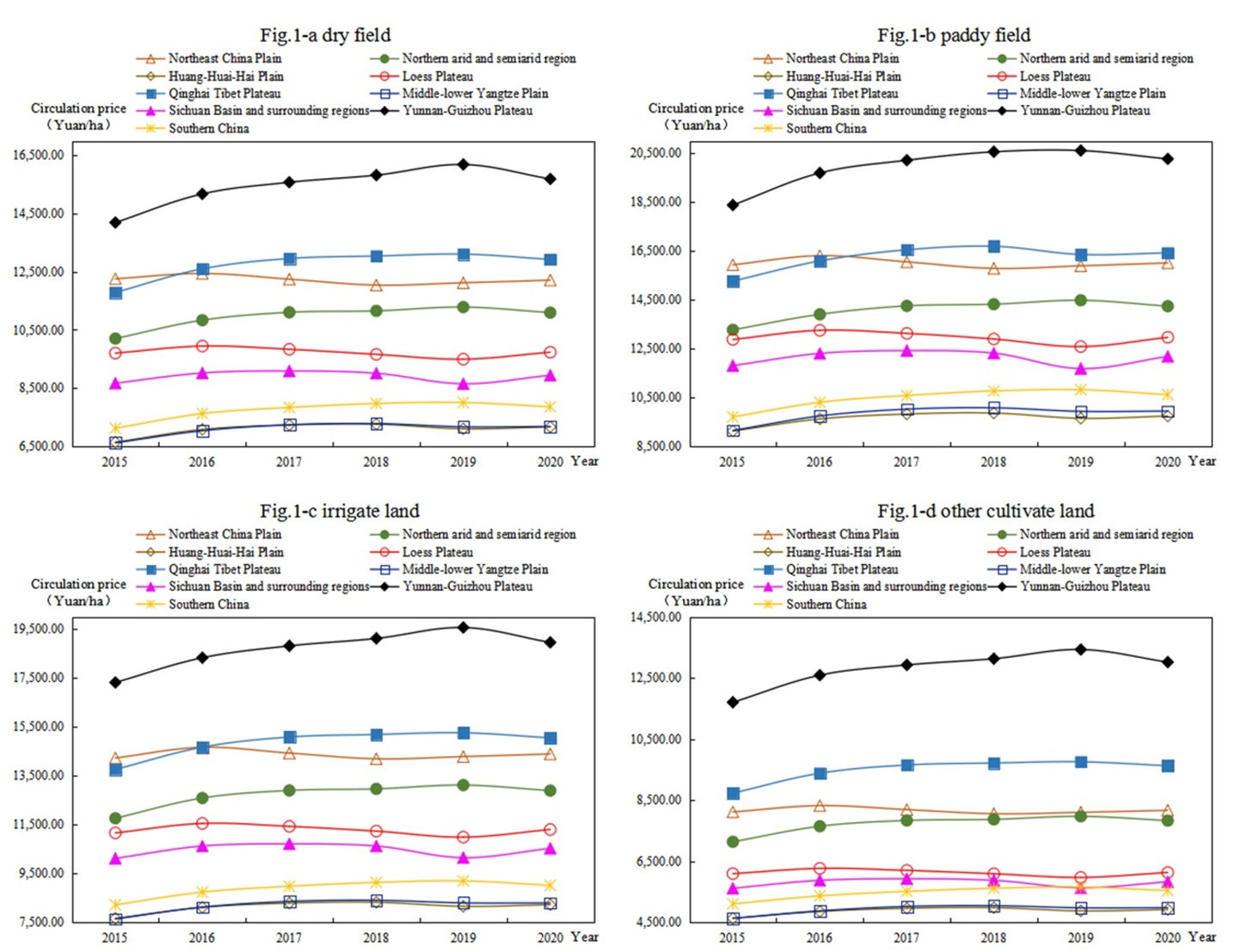
Open Access
Article
07 February 2023Production of Highly Modified C30-carotenoids with Singlet Oxygen-quenching Activities, 5-glucosyl-5,6-dihydro-4,4’-diapolycopen-4’-oic Acid, and Its Three Intermediates Using Genes from Planococcus maritimus Strain iso-3
Planococcus maritimus strain iso-3 was previously isolated from intertidal sediment in the North Sea and was found to produce a highly modified C30-carotenoid, methyl-5-glucosyl-5,6-dihydro-4,4’-diapolycopenoate, as the final product. In this study, we analyzed the function of the carotenoid terminal oxidase crtP (renamed cruO) and aldehyde dehydrogenase aldH genes in P. maritimus strain iso-3 and elucidated the carotenoid biosynthetic pathway for this strain at the gene level. We produced four novel C30-carotenoids with potent singlet oxygen-quenching activities, 5-glucosyl-5,6-dihydro-4,4’-diapolycopen-4’-oic acid and its three intermediates, which were obtained using E. coli cells carrying the cruO (and aldH) gene(s) in addition to the known P. maritimus carotenogenic genes.
